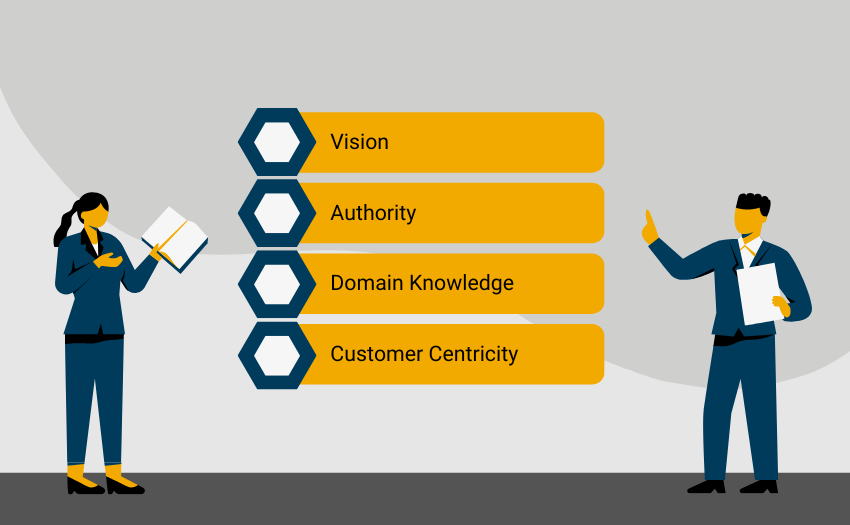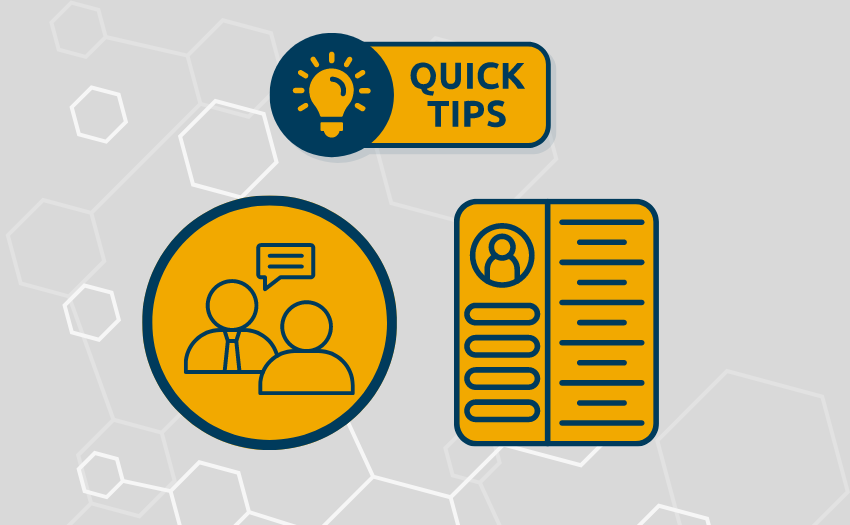Product ownership encompasses a highly sought-after skill set, and businesses are seeking competent and effective professionals to fill this role.
To spruce up your resume and improve your job search, follow these three tips:
Practice Creating Backlogs
“Creating backlogs is a skill and not something inherently known,” says Reid. He recommends that product owners practice breaking concepts into digestible pieces and finite business value.
A product owner doesn’t want a user story to be too big or too small–there’s a balance that can only come with practice, he describes.
In the process, Reid reminds product owners to keep “the three C’s” in mind:
- Card: represents the user story
- Conversation: represents the negotiation between the product owner and the team when defining the user story
- Confirmation: represents the explicit acceptance criteria negotiated in the conversation
Look for Roles in the Right Places
Reid recommends looking for product ownership roles in creative industries. “The industries that are experimenting need the most help,” he says. Don’t be afraid to take risks and apply to companies trying something new and out of the box.
Additionally, to get a foot in the door, job seekers should also seek roles within their industries of expertise. Let’s say you have experience in the medical field, and a project within the sector pops up on your radar. With an established business domain knowledge, less training and learning is involved, making your candidacy more marketable to the said business.
Reid illustrates that with pre-existing knowledge and a user-centric mindset, all a product owner needs is the authority to succeed.
Take a Course







